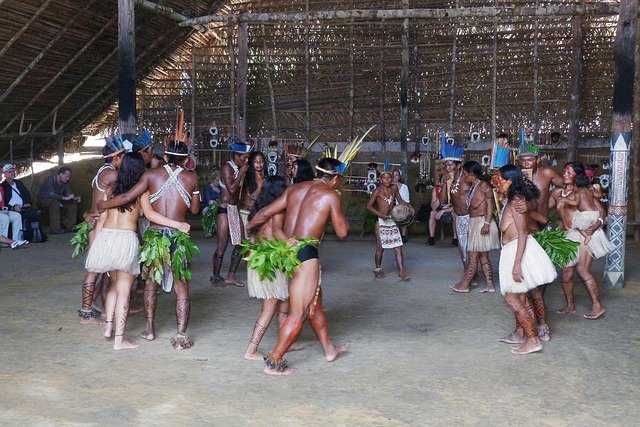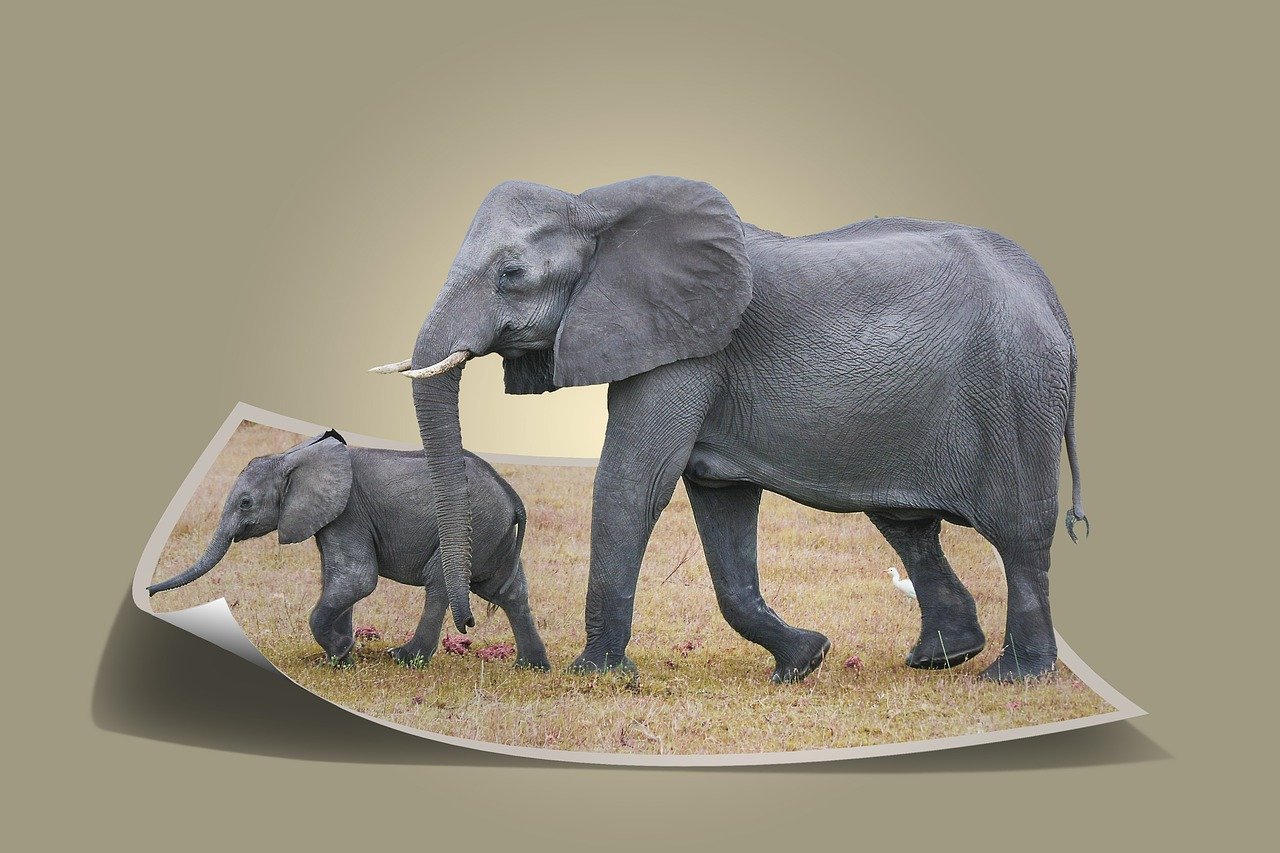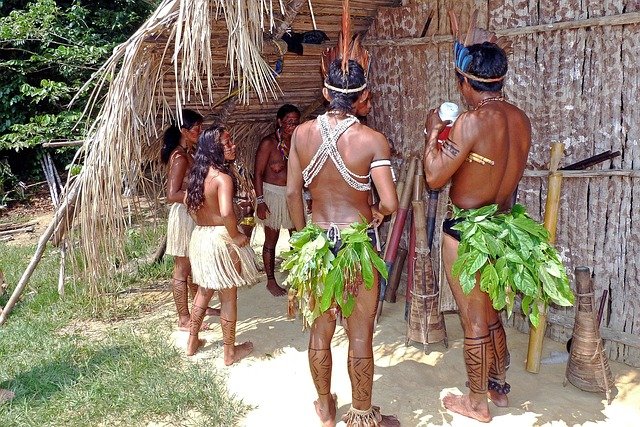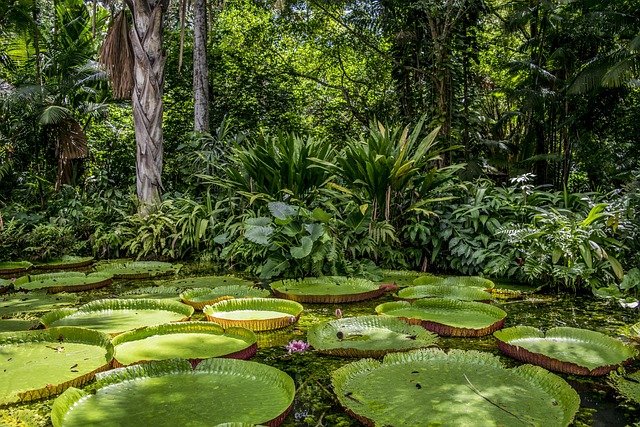
Introduction
Bhutan, often called the “Land of the Thunder Dragon,” is a small Himalayan kingdom rich in history, culture, and tradition. Tucked away between China and India, Bhutan has managed to preserve its unique identity despite the rapid changes around it. In this blog post, we’ll explore the fascinating history of Bhutan — from ancient times to the modern era.
1. Early History and Mythology
Bhutan’s early history is shrouded in myths and legends. The country is believed to have been inhabited by various tribes and communities long before recorded history. According to legend, the great Buddhist saint Padmasambhava (Guru Rinpoche) visited Bhutan in the 8th century and helped introduce Buddhism, which became the foundation of Bhutanese culture.
2. The Formation of the Bhutanese State
The modern state of Bhutan began to take shape in the early 17th century. In 1616, Zhabdrung Ngawang Namgyal, a Tibetan lama and military leader, unified Bhutan’s various warring regions and established a dual system of government combining spiritual and secular authority. He built many dzongs (fortresses) which served as centers of administration and religion.
3. The Dual System of Government
Under Zhabdrung’s system, Bhutan was ruled by both a spiritual leader (Je Khenpo) and a secular ruler (Druk Desi). This system helped maintain stability and preserve Bhutan’s cultural and religious traditions for centuries.
4. Isolation and Preservation
For much of its history, Bhutan remained isolated from the outside world, partly due to its rugged mountainous terrain. This isolation helped Bhutan protect its culture and environment but also limited contact with neighboring countries and the rest of the world.
5. British Relations and Treaties
In the 19th and early 20th centuries, Bhutan had limited but significant interactions with the British Empire in India. The Treaty of Punakha in 1910 allowed Britain to guide Bhutan’s foreign affairs in exchange for protection, which continued until Bhutan’s full sovereignty was recognized later.
6. Modernization and the Monarchy
In 1907, Bhutan established its hereditary monarchy, with Ugyen Wangchuck as the first king. Since then, Bhutan has modernized gradually while maintaining its traditions. King Jigme Dorji Wangchuck, the third king, introduced reforms in the 1950s and 1960s, including establishing a national assembly and modern education.
7. Gross National Happiness and Global Engagement
Bhutan is famous for pioneering the concept of Gross National Happiness (GNH) in the 1970s, prioritizing the well-being of its citizens over economic growth alone. The country began to open up to tourism and international relations slowly but cautiously to protect its environment and culture.
8. Bhutan Today
Today, Bhutan is a constitutional monarchy with a vibrant culture and an increasing presence on the world stage. Despite modernization, the country remains deeply connected to its Buddhist heritage and natural environment, making it one of the most unique places on Earth.
Conclusion
Bhutan’s history is a story of unity, spirituality, and careful balance between tradition and change. From its early legends to its modern achievements, Bhutan continues to inspire the world with its commitment to happiness, culture, and the environment. A visit to Bhutan is truly a journey through time and spirit.






